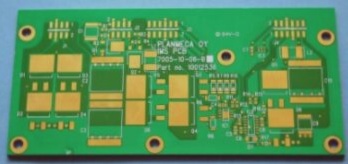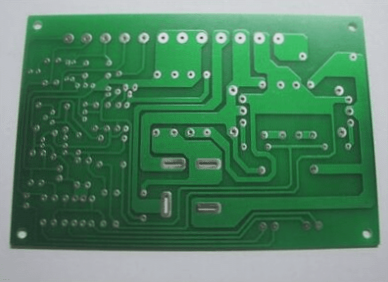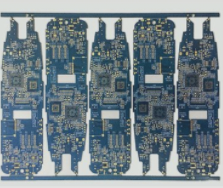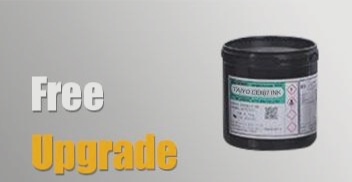The Importance of Upper Backing Plates in PCB Circuit Board Drilling
- The upper backing plate in PCB circuit board drilling must have the right surface hardness to prevent burrs on the drilled holes while avoiding excessive wear on the drill bit.
- Both the upper and lower backing plates should have a balanced resin composition to prevent molten resin balls from forming during drilling.
- Higher thermal conductivity in the material helps dissipate heat during drilling, maintaining drill temperature and preventing annealing.
- The material needs to be rigid to prevent shaking during drilling and elastic enough to deform upon contact with the drill bit for accurate alignment.
- Uniformity and purity of the material are crucial to avoid uneven nodes that could lead to drill bit breakage.
- Using the right material can prevent misalignment and the creation of oblique elliptical holes in the PCB circuit board.
Materials Used in Upper Backing Plates
- Common materials for upper backing boards in China include phenolic paper, rubber sheet, epoxy glass cloth board, and aluminum foil such as LF2Y2 or LF21Y.
- Aluminum foil provides suitable hardness, excellent thermal conductivity, rigidity, and elasticity for effective drilling.
- Aluminum foil reduces the risk of drill breakage and partial hole issues compared to phenolic plates.
- It helps lower drilling temperatures, is environmentally friendly, and prevents resin contamination of holes.
- Aluminum foil thickness options range from 0.15mm to 0.30mm, with 0.20mm being a common choice in practice.
Composite Upper Backing Boards
- Internationally, composite upper backing boards with aluminum alloy foil and a pure fiber core offer enhanced drilling quality and hole position accuracy.
- These composites improve drill longevity, hole accuracy, and resistance to wear compared to aluminum foil.
- They are lighter in weight and ideal for drilling small holes, especially in high-quality multilayer PCBs.
Alternative Materials
- In China, phenolic paper boards, cardboard, and wood chipboards are also used for backing plates.
- Cardboard is cost-effective and suitable for thin copper foil or single-sided boards, despite being soft and prone to burr formation.
- Wood chipboard offers better hardness than paper boards but may cause burrs if the copper foil exceeds 35 microns.
Conclusion
Choosing the right material for upper backing plates in PCB circuit board drilling is crucial for maintaining precision, preventing burrs, and ensuring drill longevity. Consider factors like hardness, thermal conductivity, rigidity, and elasticity to optimize drilling performance.
High-Performance Eco-Friendly Composite for PCBs
When it comes to drilling multilayer PCBs and small diameter holes, this composite material stands out for its exceptional performance and eco-friendly properties. It outperforms traditional phenolic paper board by a significant margin.
However, one drawback to keep in mind is its relatively higher price point.




